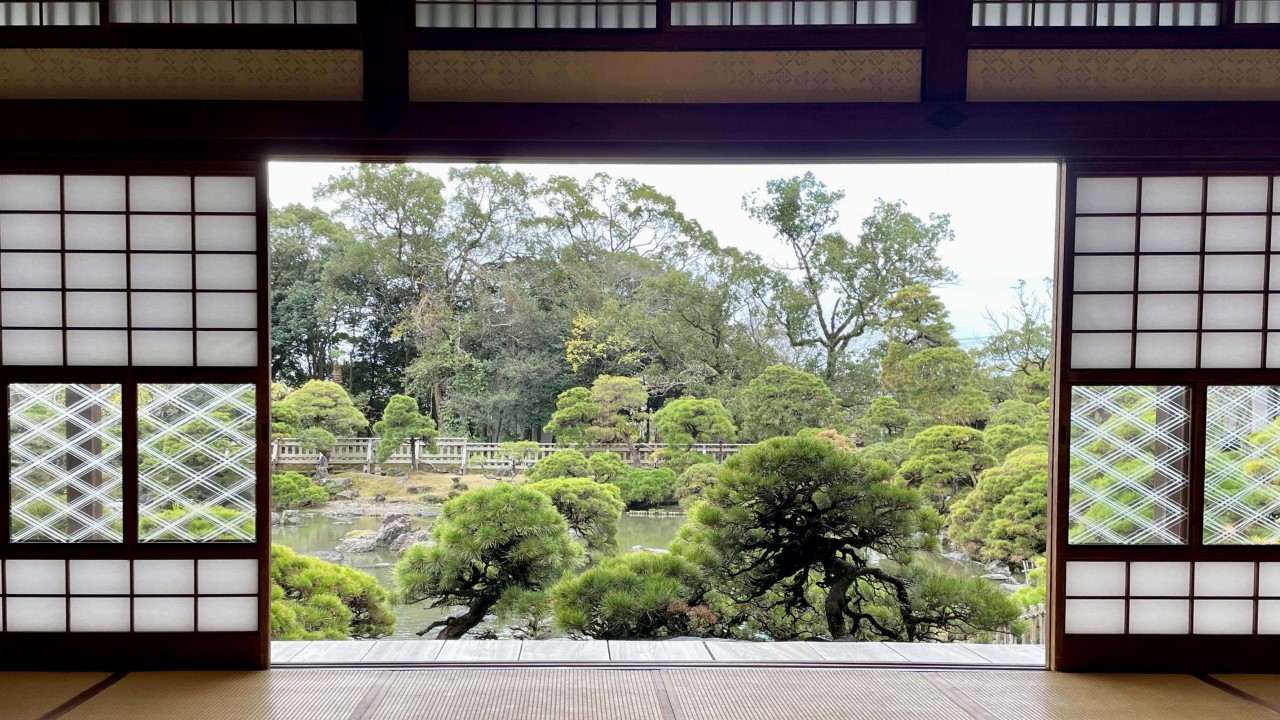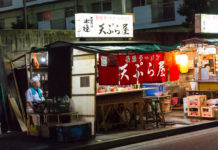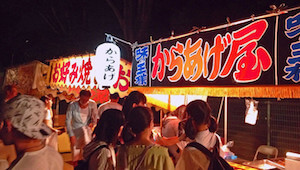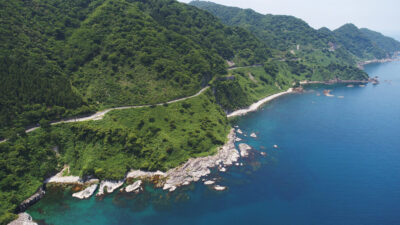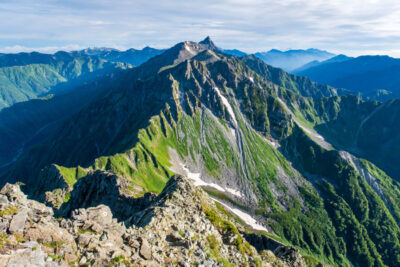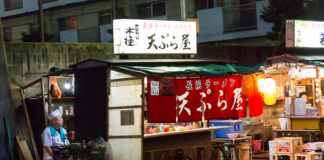Whenever I fly, I love the feeling of coming into land. I look at the terrain below and imagine what awaits me. A short flight from Tokyo, I arrive in Fukuoka, the capital of the Southern Kyushu island of Japan. Today I venture straight out of the city to Yanagawa, south of Fukuoka airport nestled by the Ariake Sea. It takes one hour by chartered bus or just under two hours by train and a short taxi ride.
I am immediately welcomed by crisp fresh air and silence. Tokyo seems an era away. I notice my footsteps slow down as I start to explore the town.
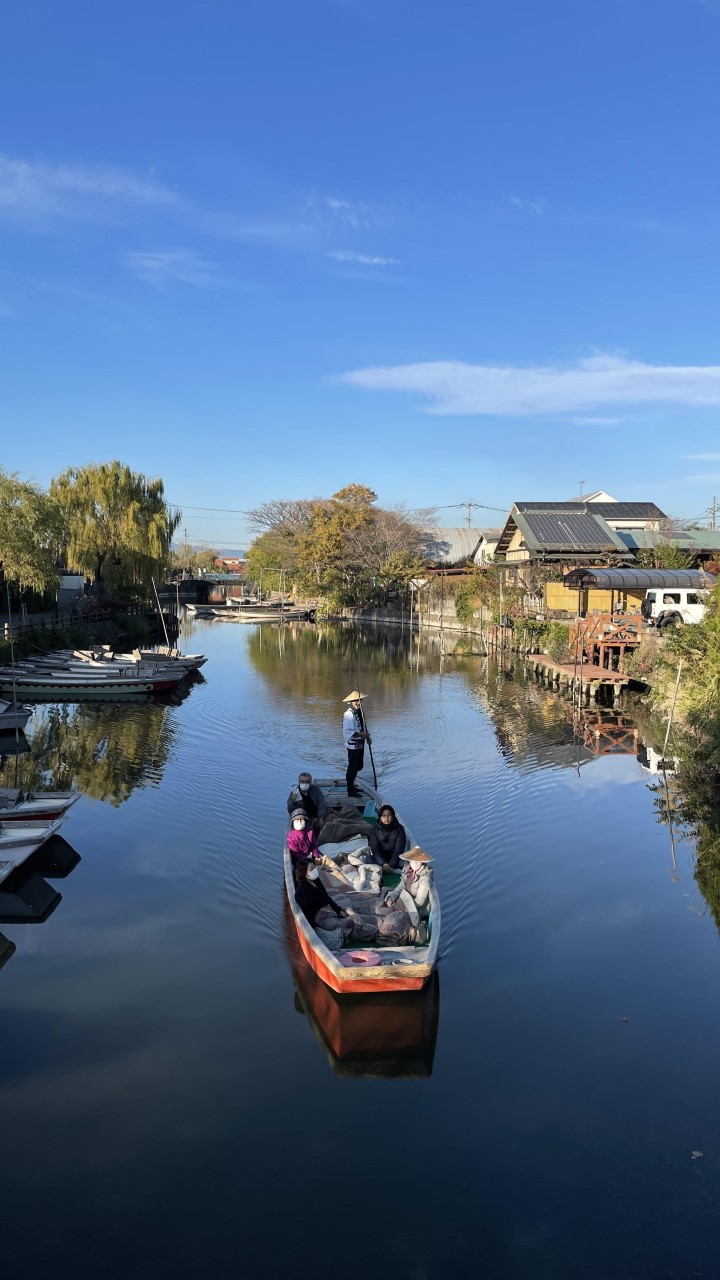
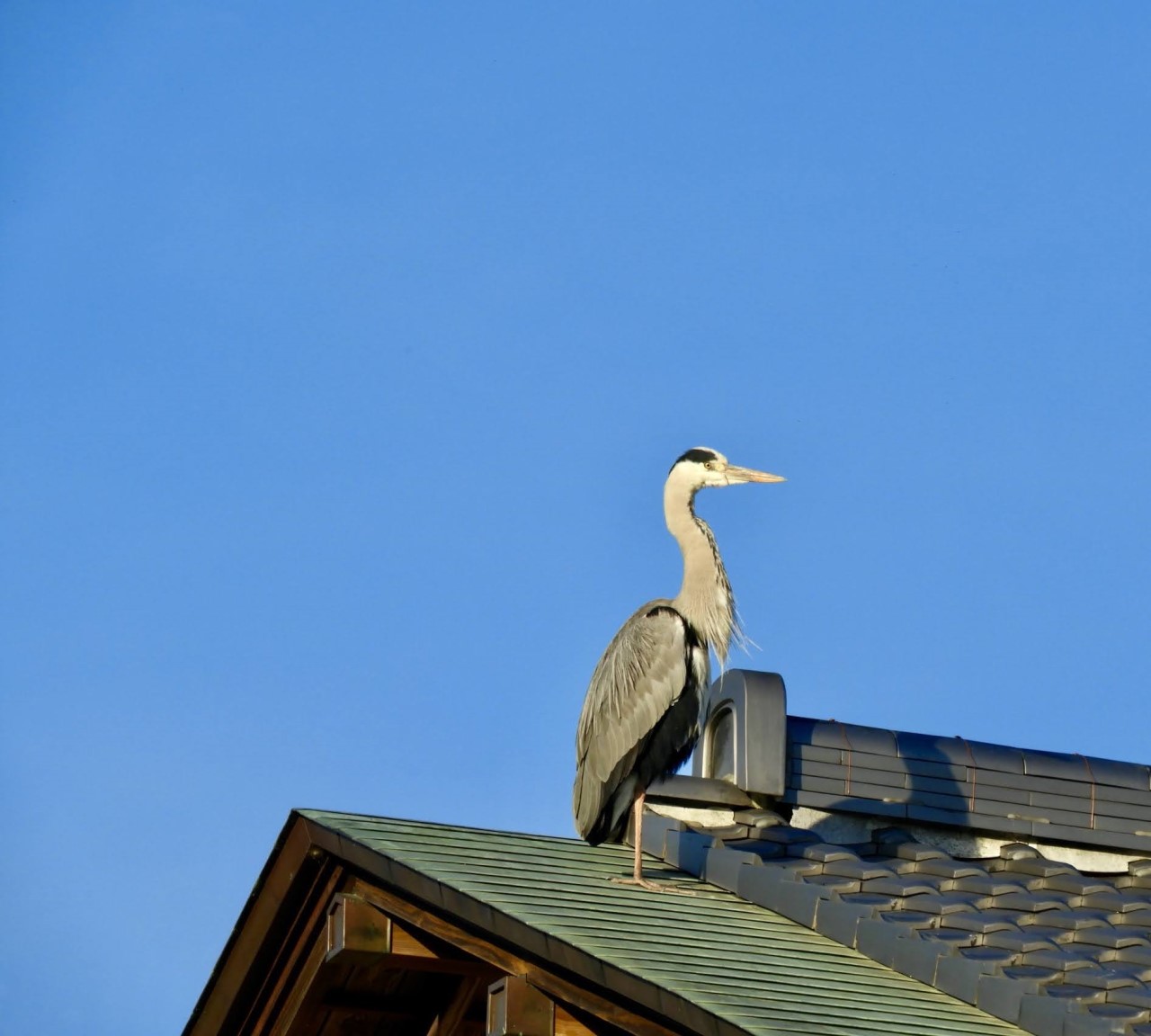
Explore the Beautiful Canals of Yanagawa, Fukuoka
Yanagawa is known as the City of Water. I soon find out it has 470kms of canals. At first, I didn’t believe this, but a quick look on google maps shows there well could be. Even tiny little ditches that we call back in Australia are counted as canals here.
I am excited to find out what kind of activity is happening on the canals. I find a bridge with a perfect view upstream and imagine life back when there was a castle, and the canals protected the approaching enemy. My imagination is interrupted by the sound of a heron landing on the eaves of a house nearby. My heart always beats fast when I see one of these beauties. I try to grab a photo as it makes a magnificent gentle landing on the water below me.
What to Expect on a Boat Tour in Yanagawa, Fukuoka
My concentration is soon interrupted by the sound of people “oohing and aahing” – a punting boat soon comes into view and then another. The boatmen (I did see a boat woman) are wearing traditional Japanese happi coats, conical-shaped straw hat, an obi sash around their waist and tabi shoes (socks with a hardened sole, split between the big toe and other toes.) They guide their boat with long bamboo poles along the canals. Some areas are pretty narrow, and overhanging trees need to be navigated with great skill.
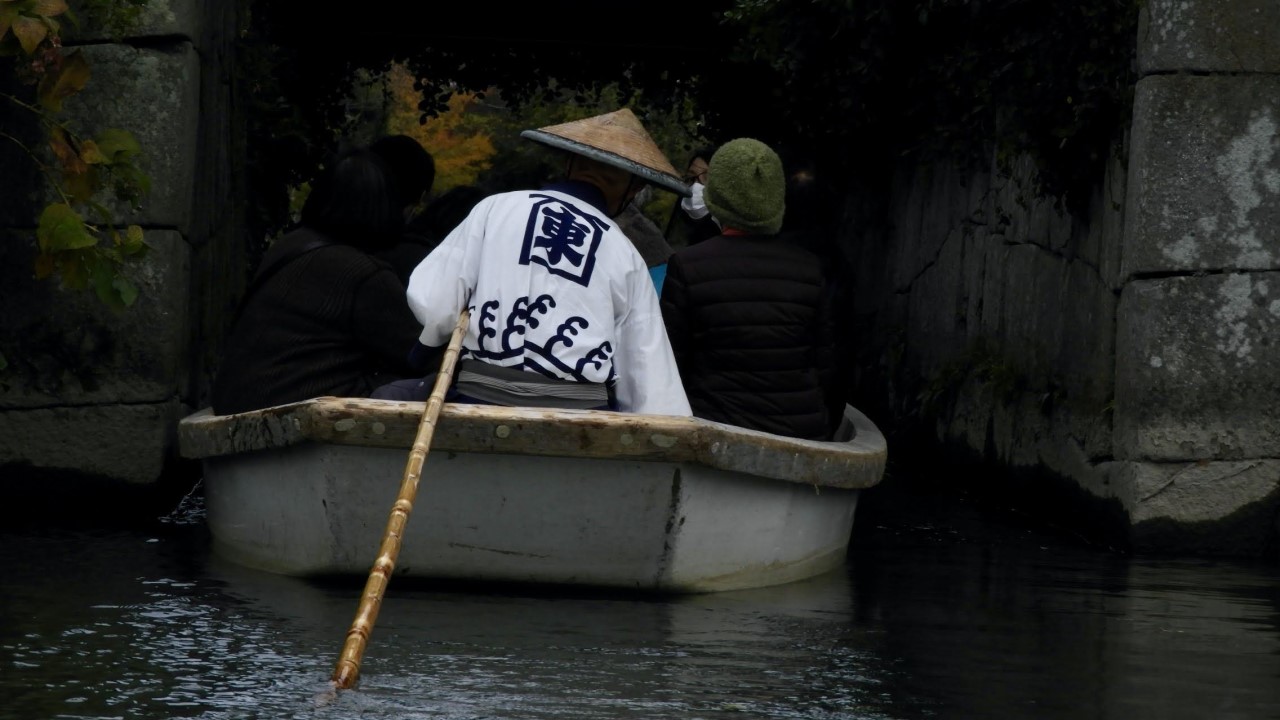
Singing Tour Guides in Yanagawa Canals
The passengers, and now me, look in awe at the skilful way he manoeuvres the boat in readiness to continue gliding downstream. Suddenly I hear singing and realise it is the boatman’s deep mesmerising voice bouncing off the ripples of water as they float closer towards the bridge. Some passengers are clapping and singing. The singing pauses, and I hear a shout from below. “Are you ready?” The seated passengers all lower their bodies into a huddle as the boat enters right below the bridge. I lean over to see how low it is. I wonder what is going on when the boatman suddenly appears in front of me with a great thump! I am speechless. His big smile assures me everything is OK. In a matter of seconds, he is on the opposite side, ready to jump back into his boat. The passengers cheer with glee, and there is applause all around. A punting boat ride indeed shows off their incredible skill and showmanship—an experience not to miss.
I stand for a bit longer as I hear more singing from the boatmen along the canals. Then, finally, the melody calms me from the excitement, and I start to feel tired and ready to head to my hotel.
Fukuoka Hotel of Luxury & Tradition: Yanagawa Tachibana-tei OHANA
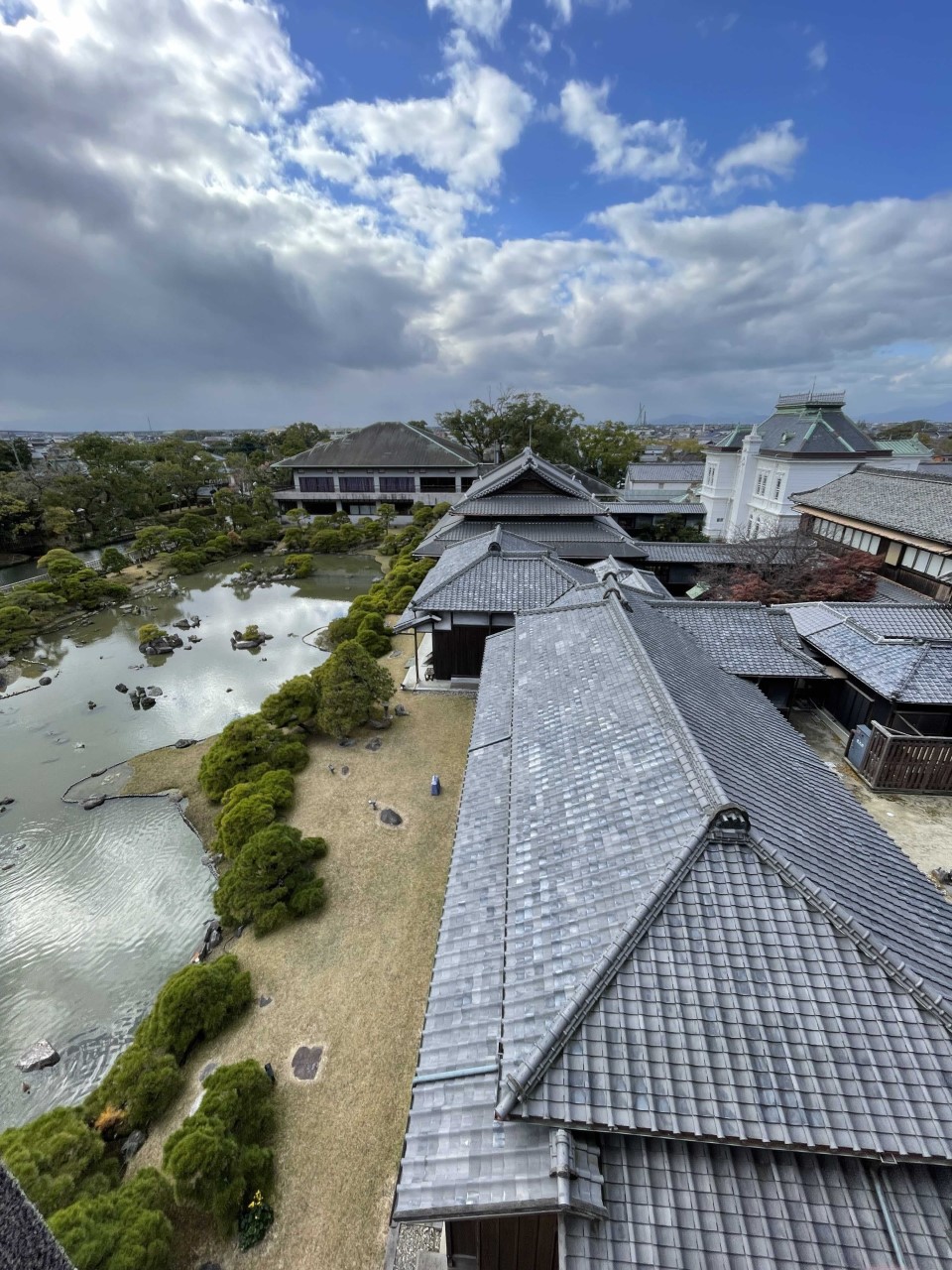
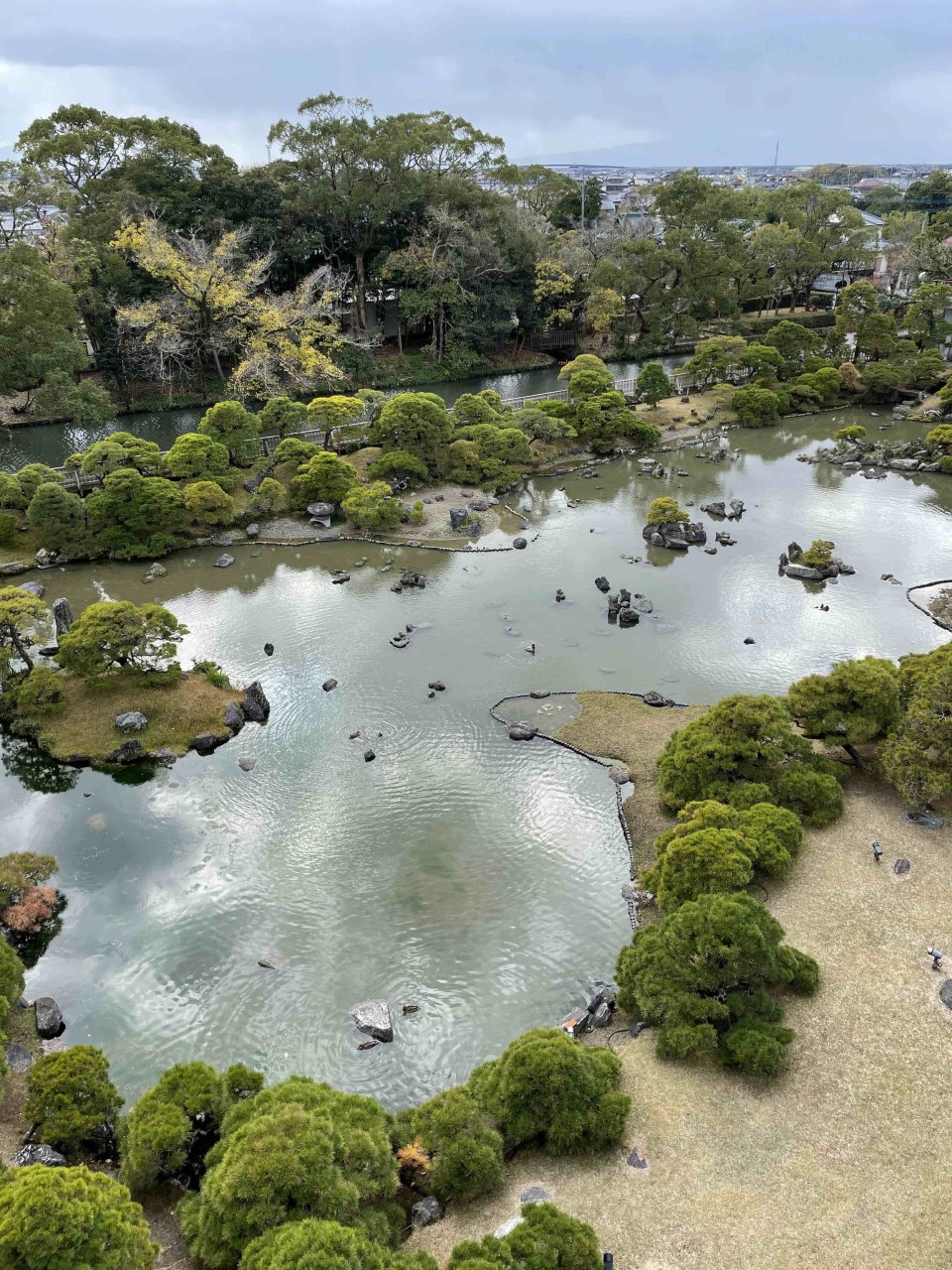
The place to stay in Yanagawa is the Hotel Ohana. You can feel the area’s history and relax in luxurious surroundings while enjoying a magnificent Japanese garden hidden behind the property.
Ohana is owned by the Tachibana family, who have a history of 400 years in the town. Ohana is the only place in Japan where you can stay at the residence of a samurai family. The Head of the hotel now is Mrs Tachibana, the 18th generation of the family.
The entrance gates to the hotel are right by the canal. The western-style annex stands out behind enormous palm trees, while the Japanese main building is unassuming and subdued. As I walk in, my fear of not knowing which building to enter disappears as staff slide the Japanese doors open.
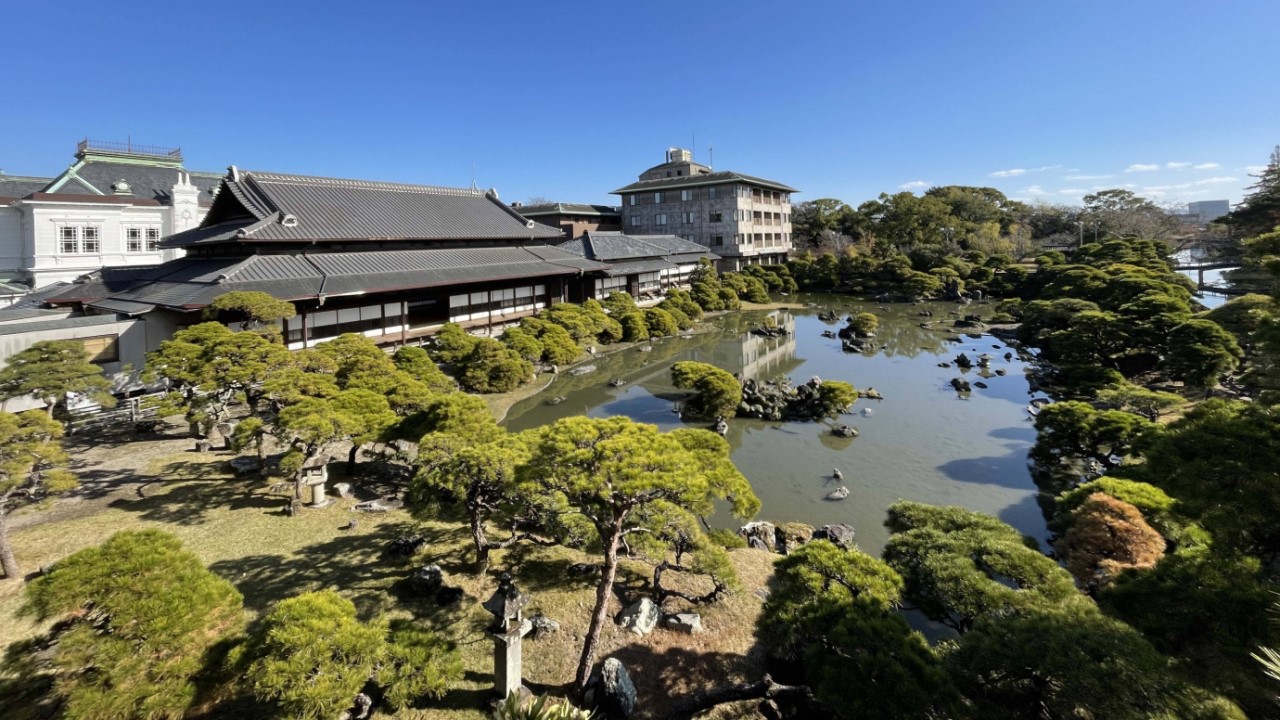
Staff members welcome me with applause and heartfelt smiles. I immediately feel like royalty.
As part of the luxury hotel package, guests are given a guided overview tour of the lavish property and garden before checking in.
Japanese Style Accommodations & Hospitality in Yanagawa, Fukuoka
I am taken to my luxurious Japanese style room, which overlooks the garden and pond. After being shown around the huge room, I am served green tea with a unique local sweet pastry and asked to be in the western annex in an hour for a special family history talk.

I leave plenty of time as I know I will get lost. I am happy to find friendly staff along the way to guide me. I am treated to a special viewing of old photos and stories from the Tachibana family history. The Tachibana family came to rule when Muneshige Tachibana was rewarded with the area for his merit in battle in the 16th century. Ohana was built in 1738 as the residence for the family. One story which stays in my mind is when Mrs Tachibana, the current head of the hotel, sits down to tell us about her grandmother, Ayako. Her eyes start to twinkle as she proudly states her grandmother was the first woman to drive a car, ride a horse and participate in many sports. Unusual for a woman in those days. She lived until 100 and was the driving force behind making Ohana a place to gather for the townspeople.
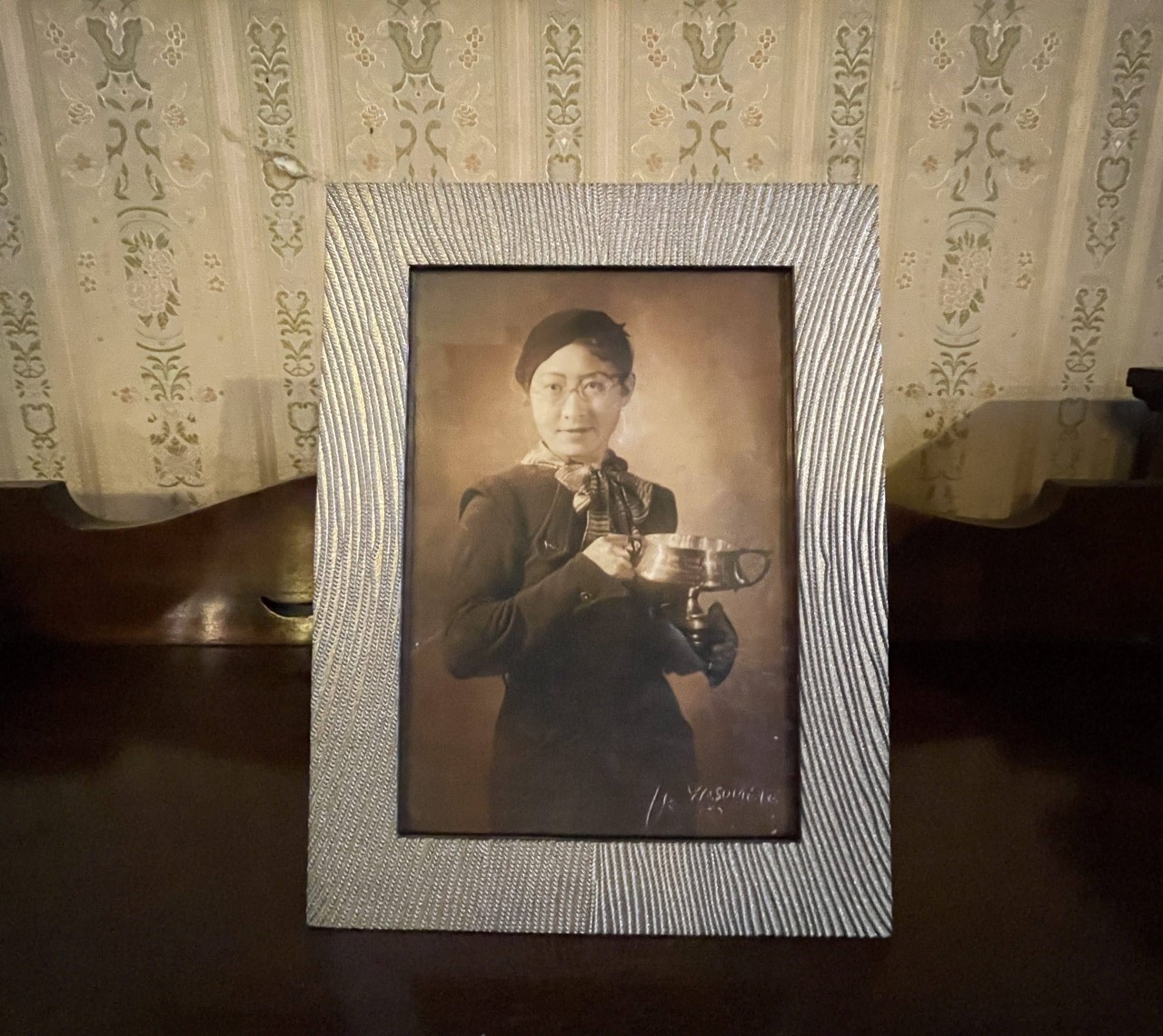
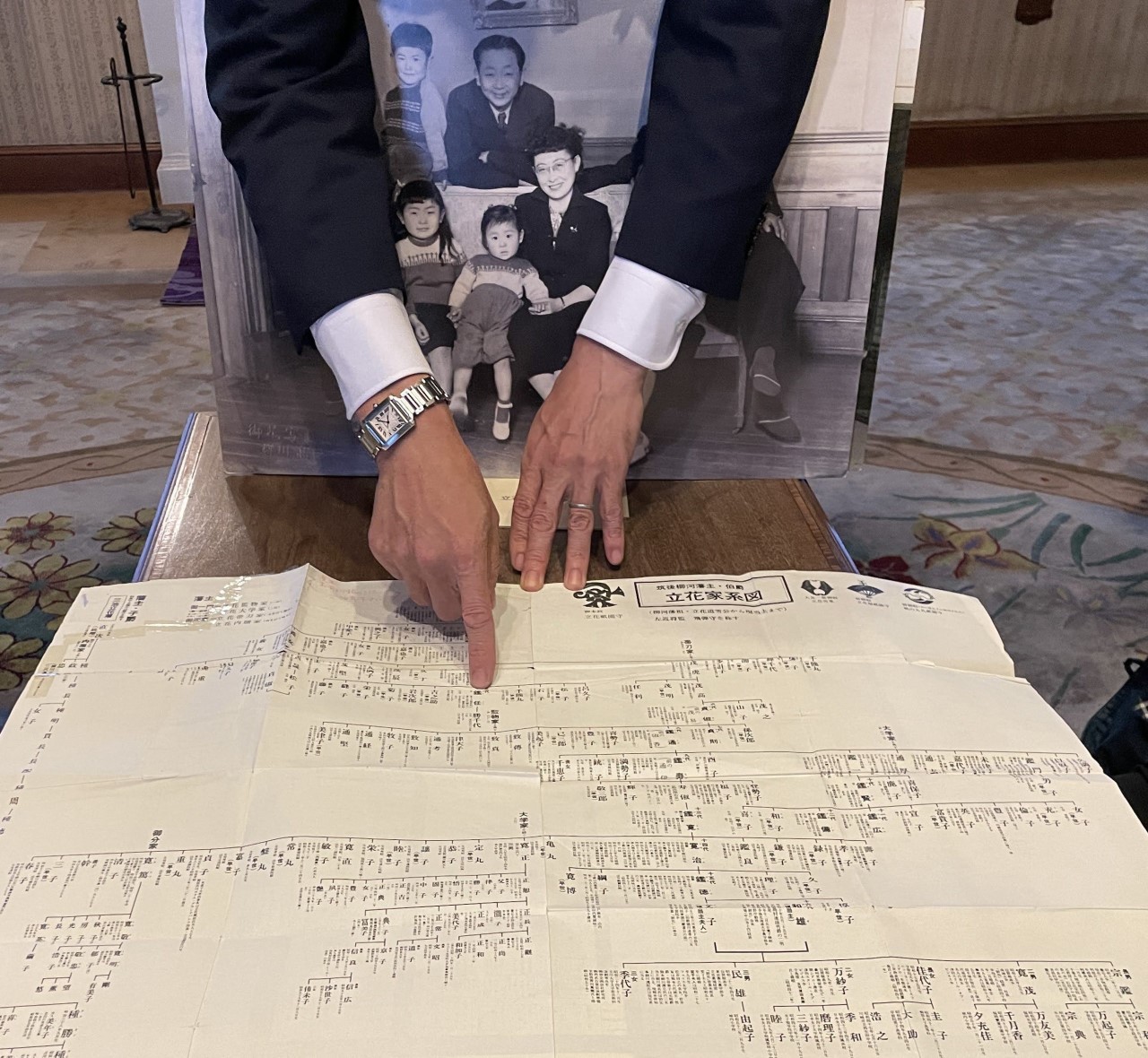
Local History & Memories in Yanagawa, Fukuoka
Everyone would flock to the property to get a glimpse of the only television in town. Ayako started the restaurant to welcome people and create a social scene in Yanagawa. Mrs Tachibana proudly continues her grandmother’s legacy within Ohana. Weddings, meetings, parties and afternoon tea are held at Ohana and are still the talk of the town. Mrs Tachibana says in a slow, strong voice, her grandmother’s motto………No, wait! I won’t tell you what it is until the end.
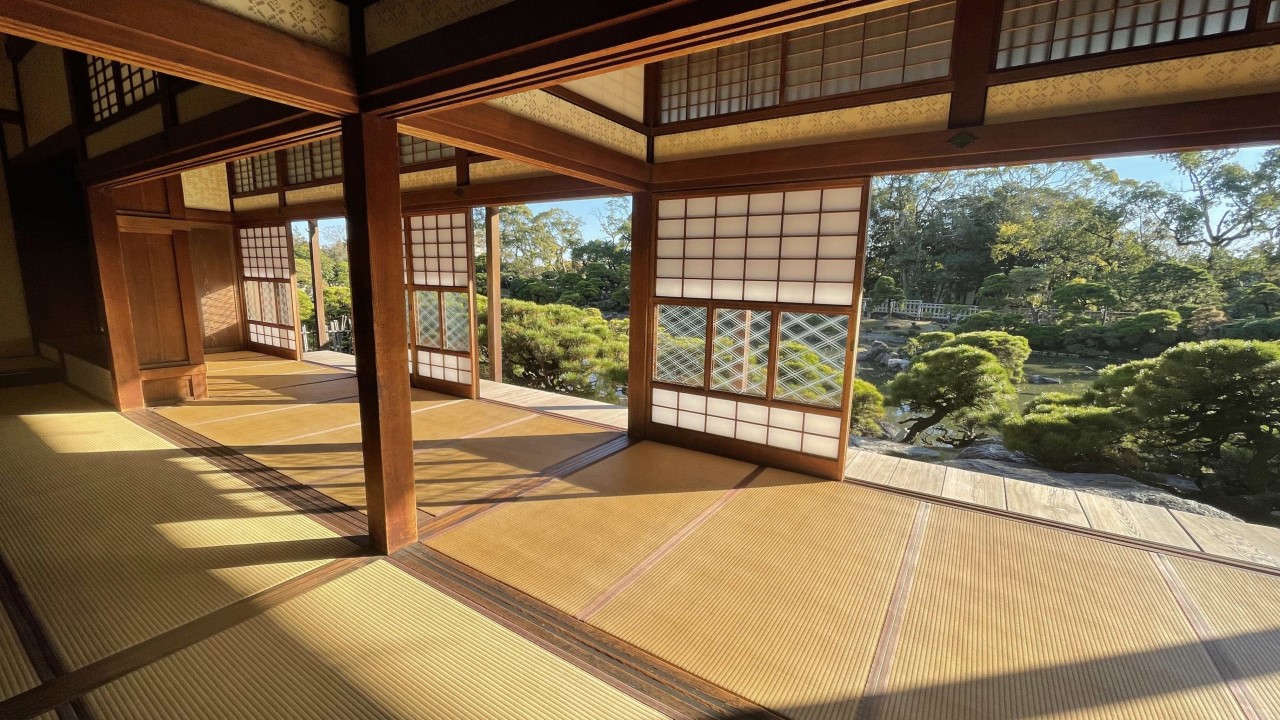
It is time to gather in the enormous tatami room, which overlooks the garden. I sit down to be served high-quality tea from the neighbouring town, Yame, famous for tea. The silence and beauty of the garden, along with the natural feel of the tatami underfoot, make me feel so welcome and relaxed. I am entertained by playful ducks and the lucky spotting of a kingfisher dashing in and out of the 238 pines that frame the garden.
Traditional Japanese Noh Performance in Yanagawa, Fukuoka
After tea, I am informed to be back in the tatami room for an exceptional evening performance of Noh. I return to my room and rest in luxury until the evening.
After dinner, I am ushered to the tatami room. I hear myself gasp in surprise at the transformation of the room. The tatami has been replaced with a wooden floor, stage lights decorate the ceiling, and silk curtains are set up on either side. It is now a Noh stage! I am thankful there are chairs as I sit down, ready to listen to the pre-performance English explanation. If you have never seen Noh before, it can be long and perhaps dull as the movements and story are slow-moving. The performance at Ohana is engaging, exciting, and just the perfect amount of time. Just as I am thinking about returning to my comfortable room, I am delighted to hear the Noh performers are coming out to talk to the audience. What a treat! We listen to stories of how they got into Noh and have a chance to ask questions. Then, we are all given the rare opportunity of going on the stage. I jump at the chance and am presented with white socks to wear as a sign of respect for the stage and Noh performers.

Noh performers wear masks throughout the performance. I am permitted to hold the masks and even wear them. What an extraordinary opportunity! One of the Noh performers ties it around my head and asks me to imagine performing. It is extremely hard to see and coordinate the slow movements of footsteps. I can fully understand what skill and years of training it takes for these performers. This is truly a unique and remarkable experience that will stay as a special memory.
Boats and Breakfast in Yanagawa, Fukuoka
Feeling all refreshed after a comfortable night, I awake early in anticipation of a special breakfast on a punting boat. The boat landing is right in front of the hotel. I carefully step down into the boat, where tea is served in an instant. Breakfast is a superb display of perfect simplicity; porridge style rice and egg steaming on a candle burner, grilled salmon with tofu and pickles on the side. As the boatman readies his pole, I wish Ayako could join me for this special breakfast. The sleeping river begins to wake as morning walkers’ wave to us with big smiles, and people pop out of their homes, which line the canals, to hang their washing and read the paper.
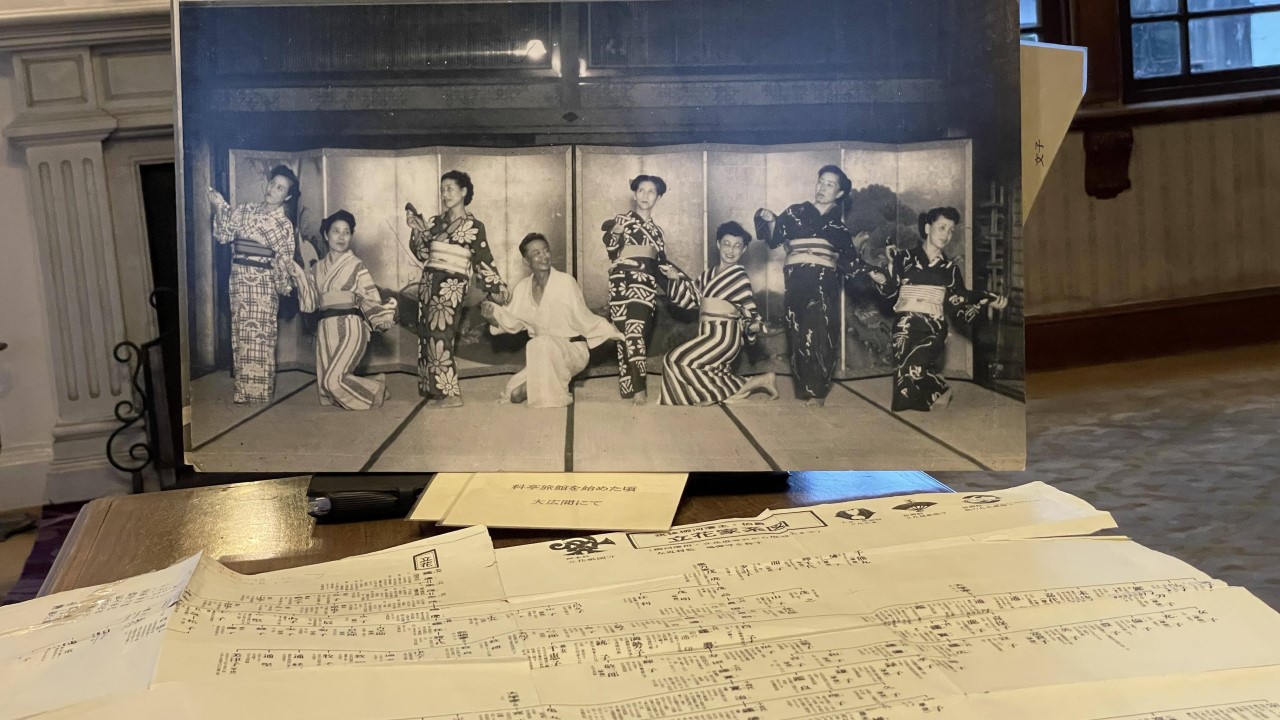
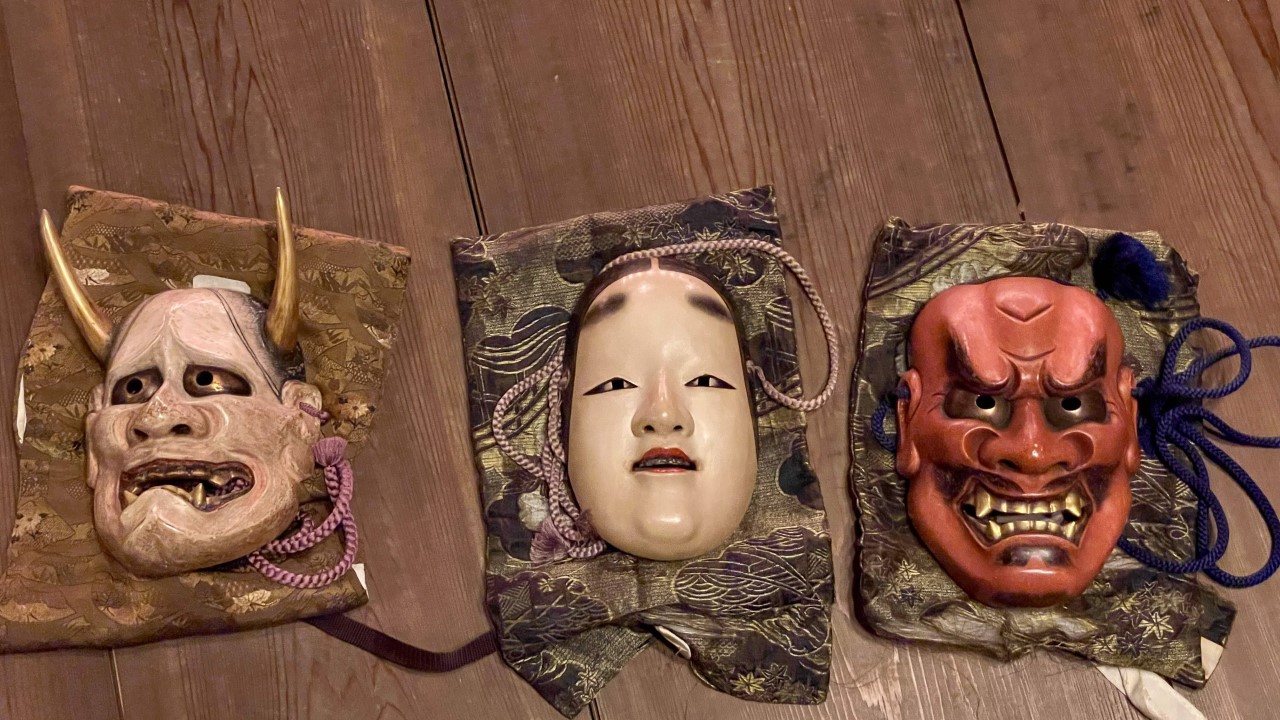
The sound of the boat gliding over the water is the perfect calming meditation to start the day. I listen to the birds and enjoy watching the sun reflect on the water. The boatman begins to sing, and we continue on the river journey. It is heavenly. He tells me he visited Venice a few years ago and fell in love with the canals and gondolas. On his return to Japan, she knew he had to move to Yanagawa. I enjoy the ride for over an hour and can see that there really are long stretches of canals everywhere. We arrive back at Ohana. The staff now feel like extended family. They are so excited to hear how much I enjoyed the breakfast river journey.
Final Local Shopping & Dining in Yanagawa, Fukuoka
I spend the rest of the morning visiting the Tachibana museum, nestled to the side of Ohana and take a last look at the town. I notice many grilled eel restaurants, miso warehouses and other little shops. I think of whom I can bring with me to visit next time. I enjoy taking photos and not caring about the time. Before I know it, the sun starts to set, and I pick up the pace to return to Tokyo. I gather my bags back at Ohana, and the staff gather to say goodbye. With heavy steps, I get in the taxi. It is now I think of Ayuko’s motto – “Don’t worry, things will work out.” So, let’s keep the late matriarch of Ohana’s words in our minds as we move forward to open borders and start travelling again. The Ohana family and the people of Yanagawa are ready to welcome you.
For more information about the hotel and other activities, please get in touch with the staff here:Ohana
Fun things to look out for on your visit:
- Inside Ohana, find the gold helmets. Why are they gold?
- What is the “colour” of the Tachibana family? Keep an eye out at the Mihashira shrine, the Tachibana family shrine and the lobby area of Ohana.
- What is Sagemon? Why are there 51? Ask at Ohana or a local person on your walk around town.
- Ask a boatman about the colossal job that needs to be done each year.
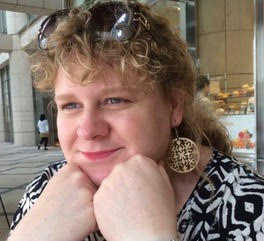
Sarah Nishina
My name is Sarah Nishina. I’m from Canberra, Australia and have been living in Japan for 25 years. I enjoy exploring the backstreets of Tokyo by bike and snapping away everyday life from behind the lens. I like to savour every moment like it’s my last milkshake.
*Disclaimer:
This article was written by an outside writer, and WAttention is not responsible for any damage caused by the information on this page. Please be aware that the accuracy of the information posted in this article is not guarantied, and the content may be changed without notice.
 0
0

